Dodge Charger 1966-1974 - Buyer's Guide
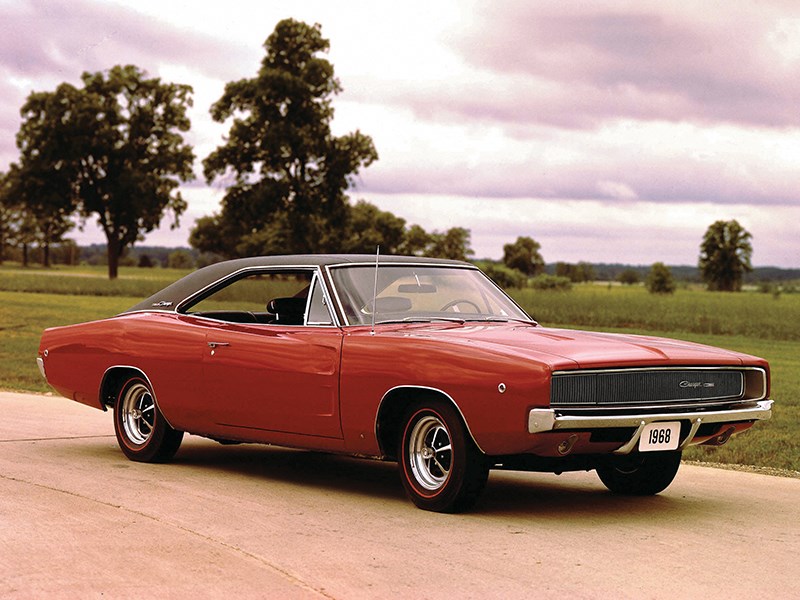


|
High performance, sharp pricinbg and NASCAR wins made the Charger desirable
If the car you visualize whenever ‘Charger’ gets a mention is orange with its doors welded shut then you are missing out on a lot that these sporty Dodge products have to offer.
The Charger was created as a rival to Pontiac’s GTO and appeared late in 1965. It was based on the mid-sized Coronet but had a unique fastback shape, special interior with folding rear seat and concealed headlights.
At a time when most large US cars typically used separate body and chassis construction, the Charger had a ‘unibody’ and was 100kg lighter than others of its size. With the 6.9-litre ‘street Hemi’ V8 an option, it also delivered more performance than any other full-sized US model being sold in 1966.
Despite or perhaps because of the Charger’s spectacular shape, sales during its first two years were disappointing and it took a complete makeover to unleash the model’s full potential.

The ‘cigar shape’ 1968 car maintained a fastback profile but with an inset rear window for improved rear vision. This change unwittingly altered the aerodynamics and created problems for those who had been enjoying spectacular Nascar success with the previous model.
Although early cars were available with 3.7-litre six-cylinder engines, virtually every Charger that came to Australia was V8-powered. Most popular seems to be the 6.3-litre, 383 cubic-inch version coupled to a three-speed automatic transmission.
Front disc brakes were optional on basic cars and from 1968 became standard on the big-engined R/T. These had a 280kW ‘Magnum 440’engine with three-speed automatic transmission. Four-speed manual was an option, costing $188 more.
| Read next: Dodge Charger review
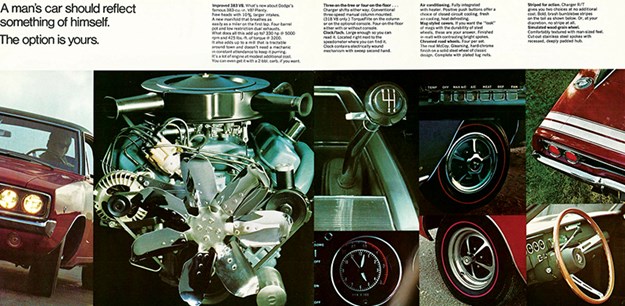
Critics liked the Charger’s combination of performance and price but complained about the basic levels of trim. To shut them up, Dodge introduced an SE (Special Edition) pack which covered the seats in leather, put fake timber on the dash, added extra interior lights, map pockets and new hubcaps.
Available from 1970, the triple-carburettor ‘440-6 Pack’ engine added just $119 to the price of a basic 440, yet just 684 were sold during their introductory year.
A restyle introduced for 1971 blunted the Charger’s visual impact but did minimal damage to sales. 1970 had seen 49,800 Chargers built, with that number falling to 46,183 during 1971. By 1974 though, numbers were down to around 30,000 units and the model was withdrawn for 1975.
| Read next: 1968 Doedge Charger R/T 'Bullitt' review
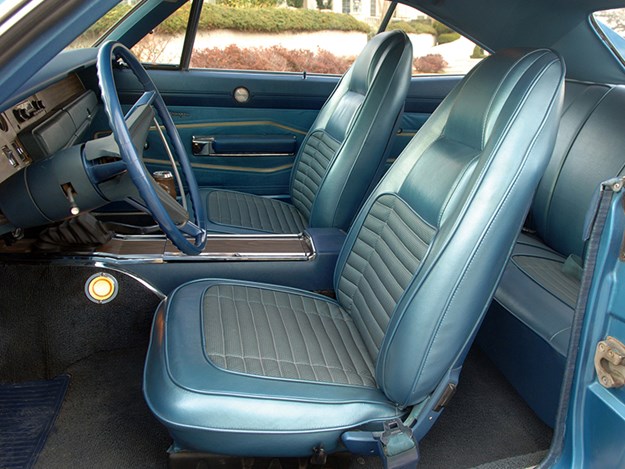
More than half a million Chargers were built in the space of eight years and most are to some extent collectable. That is due in part to the Dukes of Hazzard television programme but also the model’s Nascar track prominence where Chargers and the derivative Dodge Daytona/Plymouth Superbird enjoyed great success.
Genuine 1968-70 R/T cars are rare in Australia and usually cost more than $100,000. Finding a genuine V Code 440 6-Pack will be even more difficult and expensive, with high-quality cars selling in the USA at US$120-140,000. 1971-73 Chargers are 30 percent cheaper than earlier versions with the same mechanicals.
| Watch next: 'General Lee' Charger replica
Like most ‘muscle’ models of the 1960s-70s, corners were cut to get cars out the factory door at low prices. To help B Body Mopars like the Charger hang together, companies in the USA are now retrofitting full chassis to stop these cars quite literally coming apart as they age.
Value range Dodge Charger (1968-70 R/T)
FAIR: $35,000
GOOD: $90,000
EXCELLENT: $130,000
(Note: exceptional cars will demand more)
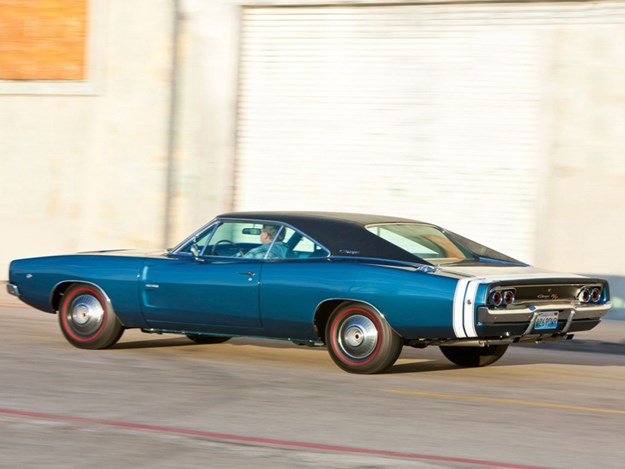
BUYER'S CHECKLIST
Body & chassis
An integral body and frame allied with minimal rust-proofing make Chargers a haven for rust and time-consuming to repair. Look at sills, wheel arches, floors (especially the boot), sub-frame and rear spring attachment points. Also, for bubbling under the vinyl roof, where fitted. Reproduction panels including front mudguards, rear quarter panels, doors, full floors and sills are available but a set will cost around US$10,000 plus duty, GST and freight. Make certain that the headlamp doors move quickly and easily as remanufactured actuators cost US$1000 per pair. Replacing damaged glass can be a problem too as not much is stocked locally. Vinyl tops may have faded or split but replacement material is available from US suppliers.

Engine & transmission
Most Charger engines except the rare Hemi 426 are available here and some Chargers use the same 5.2-litre ‘Fireball’ as local Valiants. These cost around $3500 used, with big-block engines in good condition from $5000. High-value cars need to be running their original engine block, so check that all the numbers match against one of the many online sources of verification. Cooling system neglect leads to overheating but aluminium radiators and larger-capacity water pumps are available. Misfiring and backfiring can be a warning of camshaft wear or at least faulty ignition timing. Parts are easily found; new timing chains under $100. Torqueflite transmissions used in Chargers are incredibly durable and not difficult or costly to recondition.
Suspension & brakes
The big Dodge uses a suspension design and components not far removed from local Chrysler Valiants and the problems encountered are similar too. Tired torsion bars and worn bushings can allow the car to wander alarmingly when braking or if the road surface changes. Parts are available and at reasonable prices; new torsion bars and adjusters A$1000 per pair and ball joints US$45-60 each plus a bit for freight. Older RHD conversions need to be professionally inspected to ensure ongoing safety. Local cars will likely have disc front brakes but if not they need to be converted. Upgrading the front brakes, changing the booster and renewing the rear drums costs around $2500 but is worthwhile.
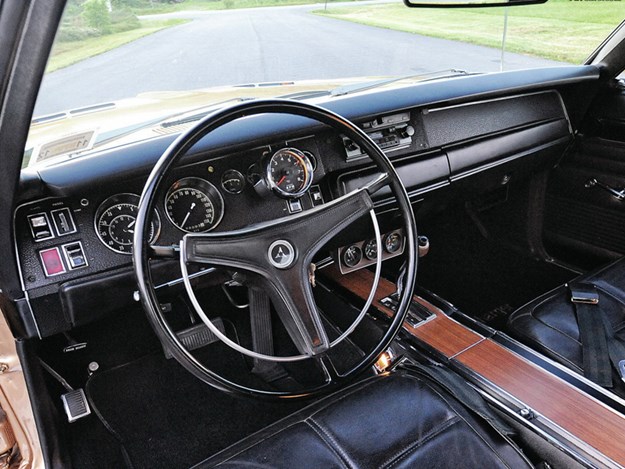
Interior & electrical
Long-term durability wasn’t a big issue when these cars were designed, so it’s common to find Chargers that haven’t been restored in a while (or ever) that have split seat vinyl, worn carpets and distressed headlining. Virtually everything needed to refurbish a Charger interior is available, with kits of replacement seat vinyl in original patterns costing less than $2000. Replacement centre consoles are available in the USA for under US$500. Check that doors close without having to be lifted and the windows – especially if they are electric – move quietly and easily.
1966-1974 Dodge Charger
NUMBER BUILT: 52,778 (1966-67) 235,068 (1968-70) 241,095 (1971-73)
BODY: All-steel, unibody two-door hardtop
ENGINE: 5211cc, 6276cc, 7210cc V8 with OHV and single downdraft carburettor (triple carbs with 440-6 Pack)
POWER & TORQUE: 279kW @ 4600rpm, 648Nm @ 3200rpm (440 single carb)
PERFORMANCE: 0-96km/h – 6.1 sec, 0-400 metres 13.9 sec (440 auto)
TRANSMISSION: three or four-speed manual, three-speed automatic
SUSPENSION: Independent with upper and lower control arms, torsion bars and shock absorbers (f), live axle with semi-elliptic springs and shock absorbers (r)
BRAKES: Drum or disc (f) drum (r) power assisted
TYRES: FR70 or GR78-14 bias ply
From Unique Cars #473, Dec 2022/Jan 2023
Unique Cars magazine Value Guides
Sell your car for free right here
Get your monthly fix of news, reviews and stories on the greatest cars and minds in the automotive world.
Subscribe

.jpg)



.jpg)





.jpg)

